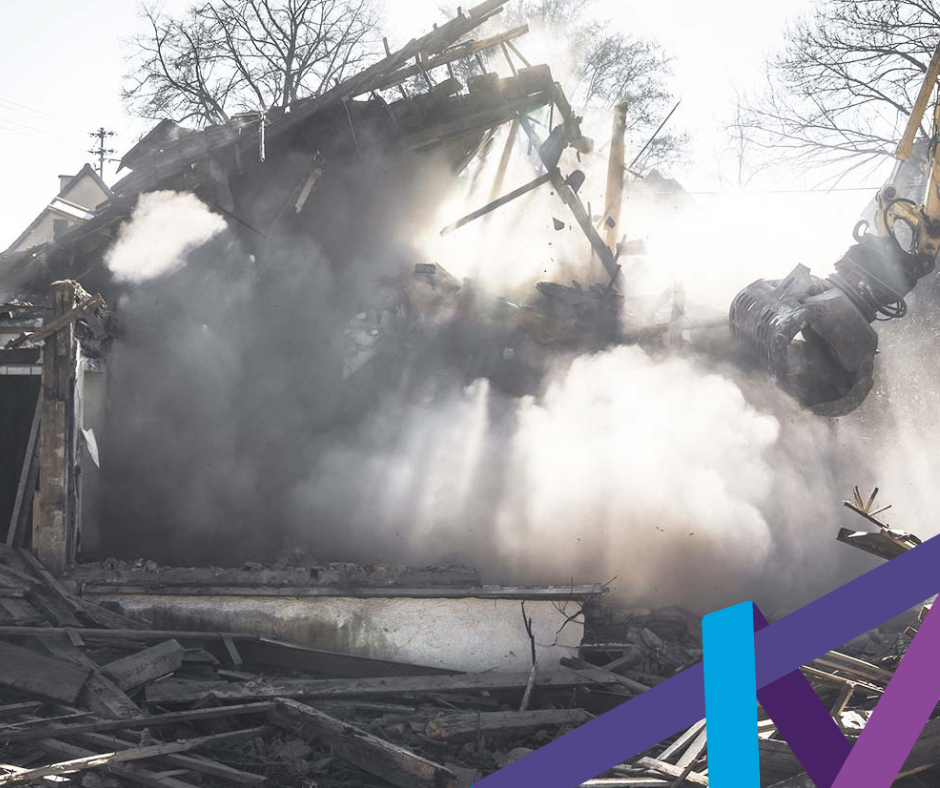Asbestos and You

Following the Asbestos and You campaign launch by the HSE in March it’s the perfect time for a quick refresher on this dangerous substance. The HSE campaign targets people starting their careers after Asbestos use was banned in 1999, who may not be familiar with how widespread the use was, so we’ve put together answers to the most asked questions we get from our clients:
What was Asbestos used for?
Asbestos is a naturally occurring mineral which has crystalised to form fibres and it’s been used for a very long time – Asbestos cloth has even been found in Ancient Egyptian tombs! It was a very popular substance due to its’ fire-retardant properties as well as being non-conductive and very strong; commercial use in the UK began in the 1870s and it was used in turbines, boilers, ovens, and generators that powered the Industrial Revolution.
In the 1950s Asbestos was a booming industry and it was found in products such as cement, roofing, flooring, building insulation, packing materials, fire retardant spray, airplanes, and cars.
Why is Asbestos exposure a problem?
Asbestos fibres are tiny particles that can be inhaled, and over time this can cause diseases such as asbestos related lung cancer, mesothelioma, and asbestosis. Exposure can be undetected for years and symptoms are slow to develop; it can take decades.
In 2020 the HSE reported 2,544 mesothelioma deaths due to past asbestos exposure.
What are my responsibilities as an employer?
People responsible for maintenance of non-domestic premises such as offices, retail premises, care homes, and common areas within domestic premises have a ‘duty to manage’ asbestos under the Control of Asbestos Regulations 2012. This often means that employers renting part or all of these buildings hold this duty – please refer to individual tenancy agreements and contracts for your individual requirements. If in doubt check out the general HSE guidance. Helpfully they also provide a step by step guide which will help to identify if you are the duty holder.
Employers should speak to the landlord or building owner to ensure they have a complete and thorough record of:
- Identified Asbestos Containing Materials (ACMs), including those that may contain asbestos, and record in writing the location and condition
- Risk Assessment of ACMs, including risks based on the ACM’s condition
- Taken action on the risk, which may include removal by a competent person
- The written plan of action to manage any ongoing risk from ACMs
Employers should communicate with, and keep updated:
- The emergency services – on the location and condition of ACMs
- Employees and workers, trade unions and employee reps – on the action plan arrangements for managing risk
In addition, the location and condition of ACM must be provided to anyone who may disturb or damage asbestos, such as contractors.
Should I remove asbestos?
Not necessarily, Asbestos is only dangerous if it is disturbed, such as demolition or removal of ACM or drilling into the ACMs. This is why before any alterations are done to a building there must be an appropriate asbestos risk assessment. Removing asbestos should only be done when necessary and after competent advice has been sought. Check out the HSE for further information.
How can I get rid of asbestos containing materials (ACM)?
Asbestos is classified as ‘Hazardous Waste’ in England and Wales and ‘Special Waste’ in Scotland, there are specific and detailed regulations to follow during disposal requiring a licenced asbestos disposal specialist.
Our content is correct at the date of publishing, but should not be taken as legal advice, and our articles don’t replace Risk Assessments. Armour will not be held accountable for any legal actions the reader may take.

